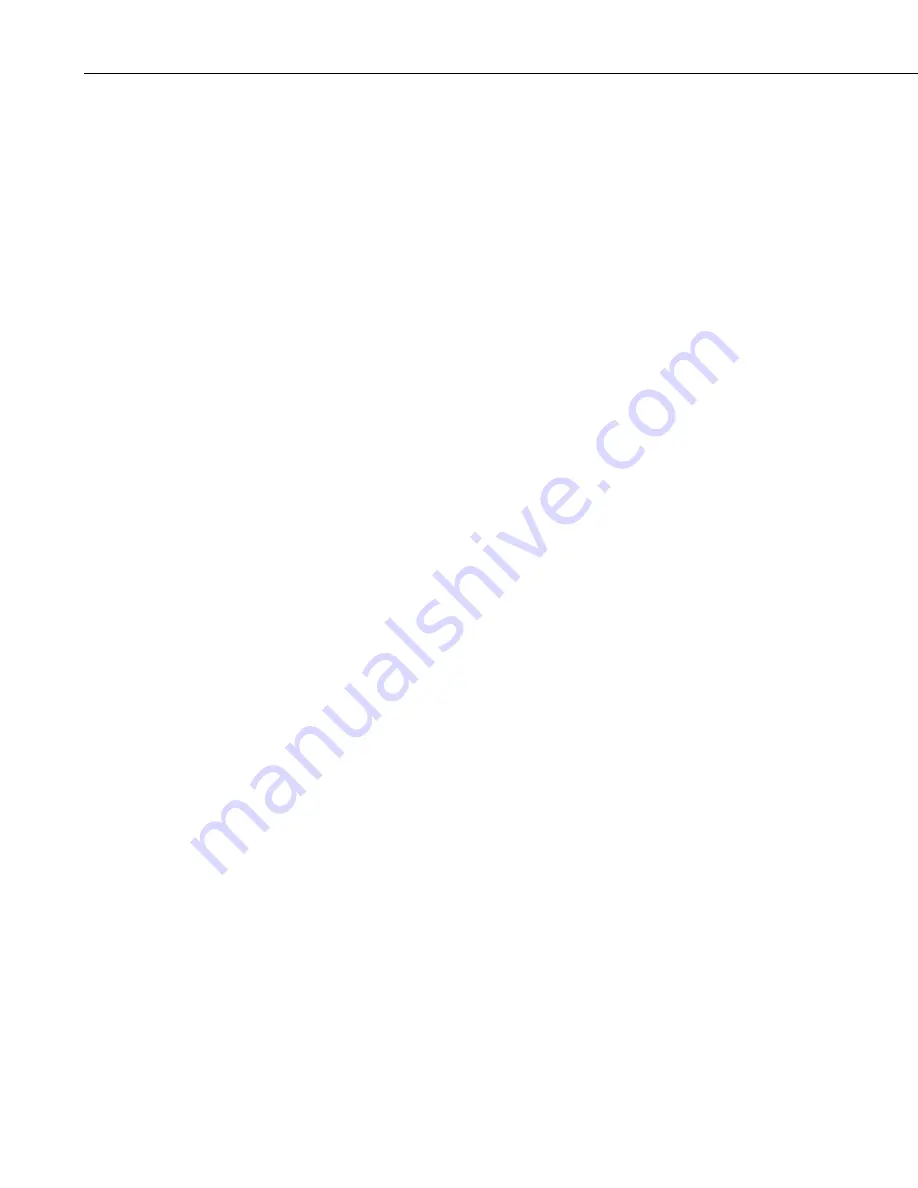
Appendix F. Response Code 4 Scenarios
F-2
On Sample Attempt 2, the sampler attempts to collect the 500 mL to close the
circuit for two times the purge time. The sampler tries to collect 500 mL for
30 s. If enough liquid is still not available, the sampler purges to the level of
the volume control tube (in this case 150 mL), and drops the sample into the
bottle and returns a response code 4. The sample count does not increment
because the sampler does not believe enough water entered the chamber to
count as a successful sample. So the volume stored in the bottle for attempt #2
could be anywhere between 0 to 150 mL.
Sample Attempt 3 occurs whenever the next run condition is met (time interval
or flow interval). Water enters the chamber, completes the circuit, and 150 mL
are dropped into bottle one. A response code 0 is returned the sample count is
incremented. Sample Attempt 4 is completed and the distributor arm will then
advance to bottle 2.
When you go to the field and open up the sampler, bottle 1 can be between 450
to 600 mL; therefore, up to 100 mL are in the base of the sampler. Notice the
total volume that was collected during the successful samples compared to
what was actually deposited in the sample bottle. Since the conductivity rod is
set at 500 mL, a total of 1500 mL was collected when the desired total amount
was only 450 mL.
Example 2: Everything stays the same, but we lower the conductivity rod to
just below the 300 mL line of the metering chamber. This lowers the bottom of
the rod by roughly 3 inches. By lowering the rod, we may be able to
completely prevent the vacuum time out errors because less water is necessary
to complete the circuit.
Conclusion: It is important to balance the difference in rod height between
turbulent flow and amount of volume collected. If you know your water source
could go dry, the best plan is to use the water detection probe to check for
enough water to collect a sample. Also, in the case of low water supply,
consider how low the conductivity rod can be set and the length of your intake
hose. Because the longer the hose and the higher the conductivity rod is set, a
larger water volume is necessary for a successful sample regardless of how
much water is actually deposited in a sample bottle.
Содержание PVS5120 Series
Страница 2: ......
Страница 4: ......
Страница 6: ......
Страница 8: ......
Страница 70: ...Appendix A Sample Transport Velocity A 2...
Страница 78: ...Appendix B Example Programs B 8...
Страница 86: ...Appendix C Monitoring Sampler Status via RS 485 C 8...
Страница 96: ...Appendix G Generic Modbus Control G 4...
Страница 100: ...Appendix H ISO5667 Conformity H 4...
Страница 101: ......



























